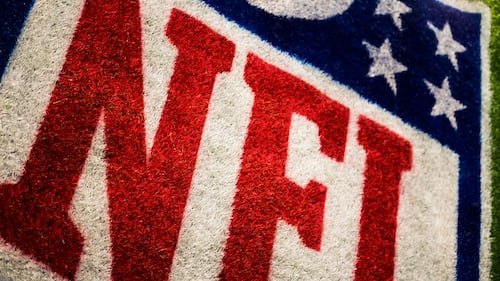Concussions: An Injury to be Avoided
January 7, 2014
Concussions are a common, yet serious, injury among high school athletes. They can cause permanent brain damage, and too many brain injuries may increase the possibility of other brain complications in the future. As new research supports the adverse consequences from brain trauma, high schools have designed a rigorous process to ensure athletes suffering from concussions have adequate time to recuperate. The process can be divided into three major stages: evaluation by school trainer, consultation with concussion specialist, and time to recover.
Immediately after suffering a head injury, the player is removed from the field and examined by the school trainer. The school trainer assesses the student’s ability to walk in a straight line, walk with his eyes closed and walk backwards. The trainer also examines the athlete’s eyes, searching for possible indications of complications. Even if the athlete passes this evaluation, it is extremely unlikely he will be permitted to participate in athletics immediately.
Following an evaluation by the school trainer, the athlete consults with a concussion specialist. A computer test is administered to determine the patient’s memorization skills by analyzing short-term memory reflexes. Different shapes are displayed on a screen and the patient attempts to remember as many figures as possible. Since concussions are most common among football and lacrosse players, these athletes actually take this same test before the beginning of the season. This serves as a baseline to the memory test taken after suffering a concussion.
Regardless of the test results, rest is necessary. Concussions can sideline even professional athletes for months at a time. According to ESPN, the Mets’ third baseman David Wright missed seven weeks during the 2010 season due to a single concussion. High school athletes also have to refrain from physical activity for a specified period of time. For those recovering from concussions, mundane activities such as watching television or doing homework are discouraged.
The “return to play protocol” following a concussion is elaborate and tedious. Yet, it emphasizes the importance of resting and healing. Suffering concussions within a short time period could lead to potentially detrimental consequences. Sidney Crosby, the star center of the Penguins, suffered two concussions within five days. He missed ten months’ worth of NHL games. Proper treatment of his first concussion and extended rest time might have prevented his second concussion.
High school athletes also recognize the importance of the process. Lacrosse player Eric Wang suffered a concussion during his sophomore year. He remarked, “Even though I was frustrated, it’s crucial that trainers don’t put athletes in a position of permanent damage to their brains.”
Although they can be harmful, concussions are a common injury among teenage athletes. Hopefully, new procedures for head injuries will prevent future complications for teenage athletes.





